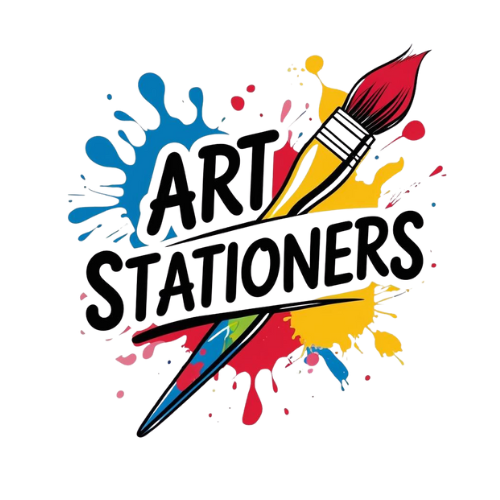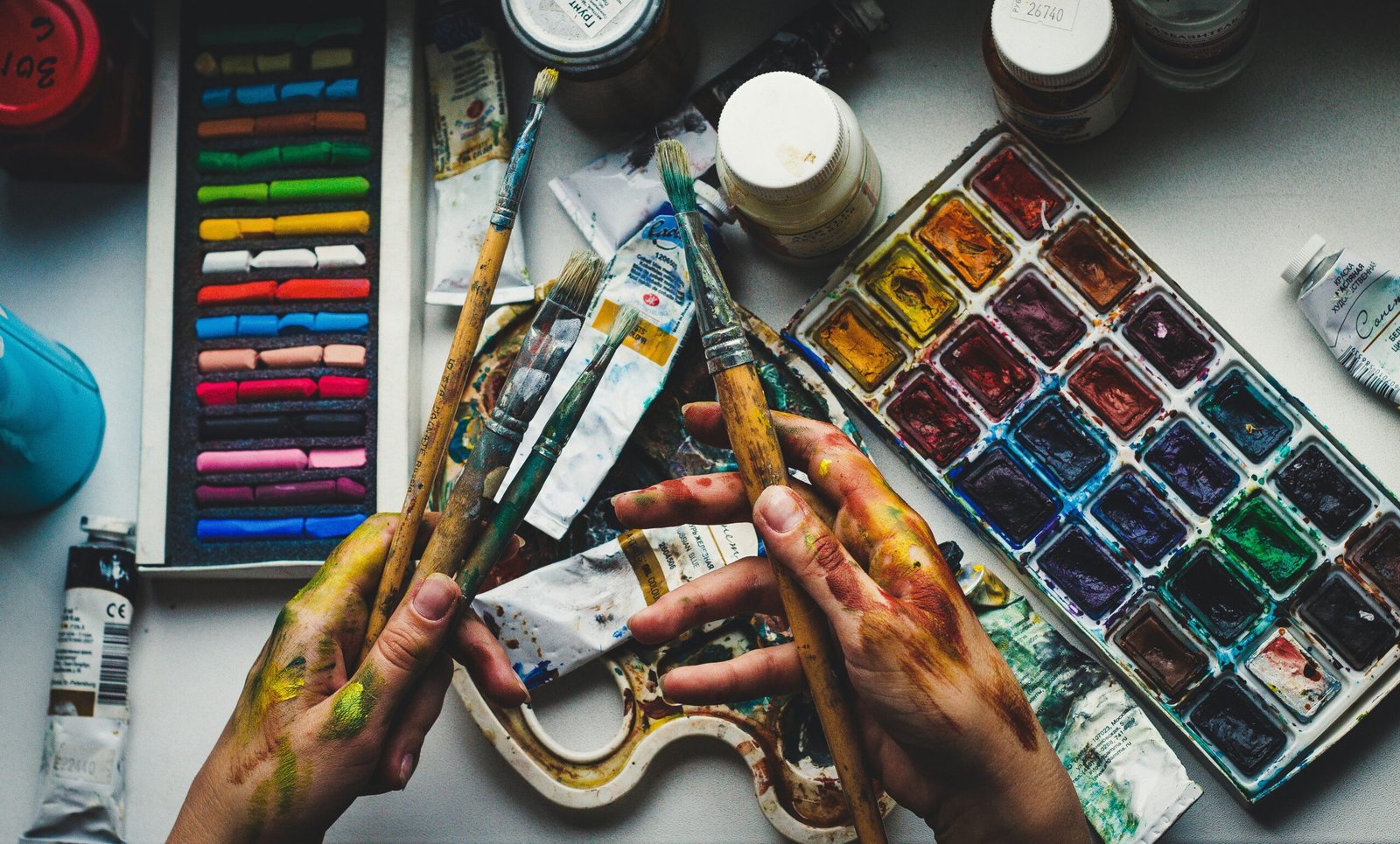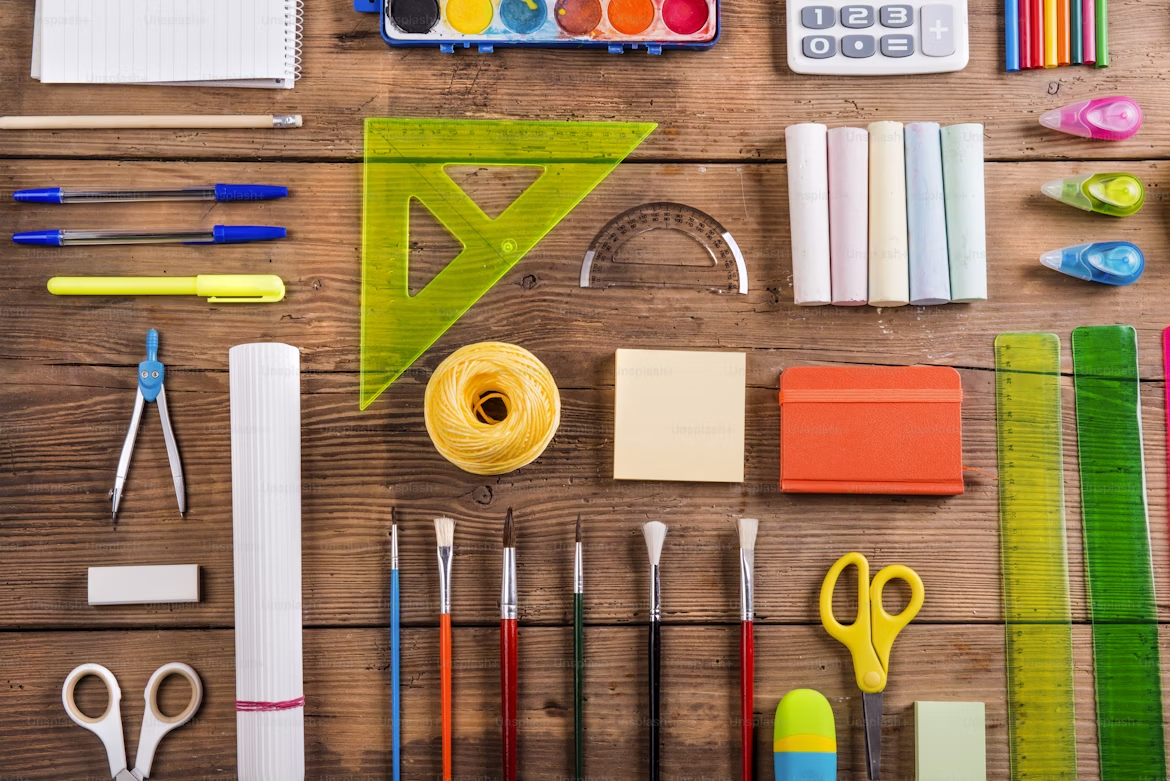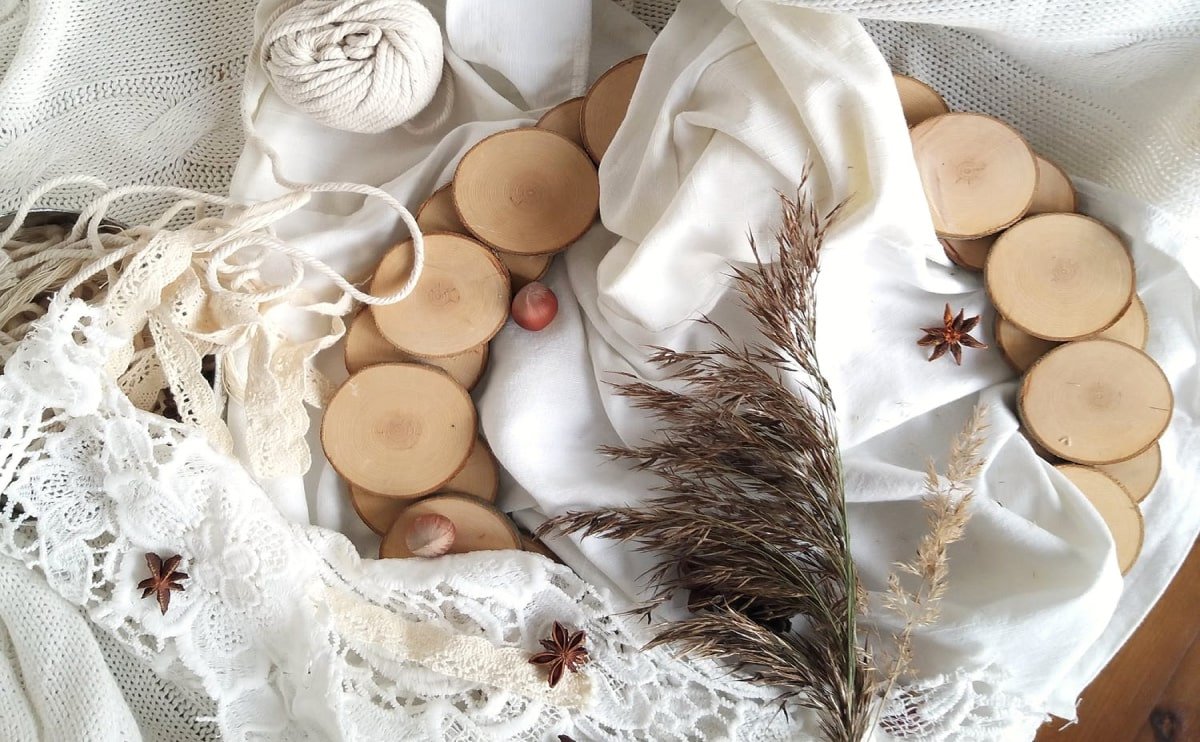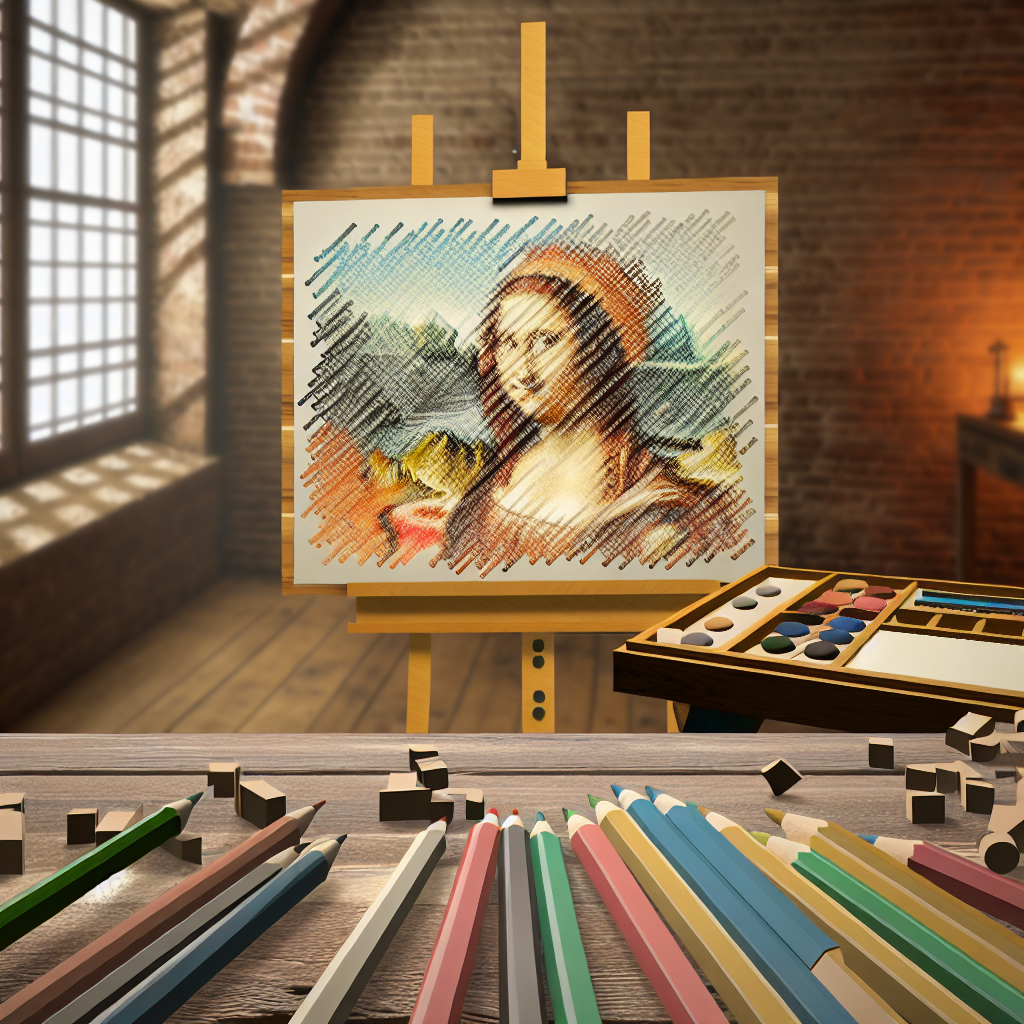Choosing the right drawing board is crucial for every artist, whether you’re a beginner or a seasoned professional. A good drawing board can enhance your creativity, provide the right support for your artwork, and adapt to your specific drawing technique. This guide will help you navigate the different types of drawing boards available, their features, and how to choose the one that is perfect for your artistic needs.
Types of Drawing Boards
Understanding the different types of drawing boards available will help you make an informed decision:
- Traditional Drawing Boards: Typically made of sturdy wood or hardboard, these boards provide a flat surface for various mediums.
- Adjustable Drawing Boards: These boards can be tilted for better ergonomics, reducing strain on the back and neck while drawing.
- Lightbox Drawing Boards: Perfect for tracing and working with thin paper, lightbox boards come equipped with built-in lights to illuminate the drawing surface.
- Portable Drawing Boards: Lightweight and easy to carry, these boards are ideal for artists on the go and often have a built-in handle.
Key Features to Consider
When choosing a drawing board, consider the following features:
- Size: Make sure the board is large enough to accommodate your favorite drawing medium while allowing you room to maneuver.
- Material: Choose a material that is strong and durable. Wood is traditional, while composite boards can offer a lighter weight.
- Surface Texture: A smooth surface is excellent for fine detail work, while a textured surface can add interesting effects to your drawings.
- Portability: If you like to work in different locations, look for boards that are easy to transport and set up.
Tips for Choosing Your Drawing Board
Consider Your Art Style
Your art style can greatly influence which drawing board is best for you. For example, illustrators might prefer a smooth surface, while sketch artists may favor a more textured finish.
Experimentation is Key
Don’t hesitate to try out different types of boards. Visit art supply stores where you can test various options before making a purchase.
Seek Recommendations
Talk to fellow artists or instructors who can provide insights based on their experiences, guiding you towards boards that suit your style and requirements.
Conclusion
Your choice of drawing board can significantly affect your creative process and final artwork. By considering the types, features, and specific needs of your drawing practice, you can find the perfect drawing board that transforms your sketches into masterpieces. Remember, the right board not only supports your artistic journey but also inspires your creativity!
